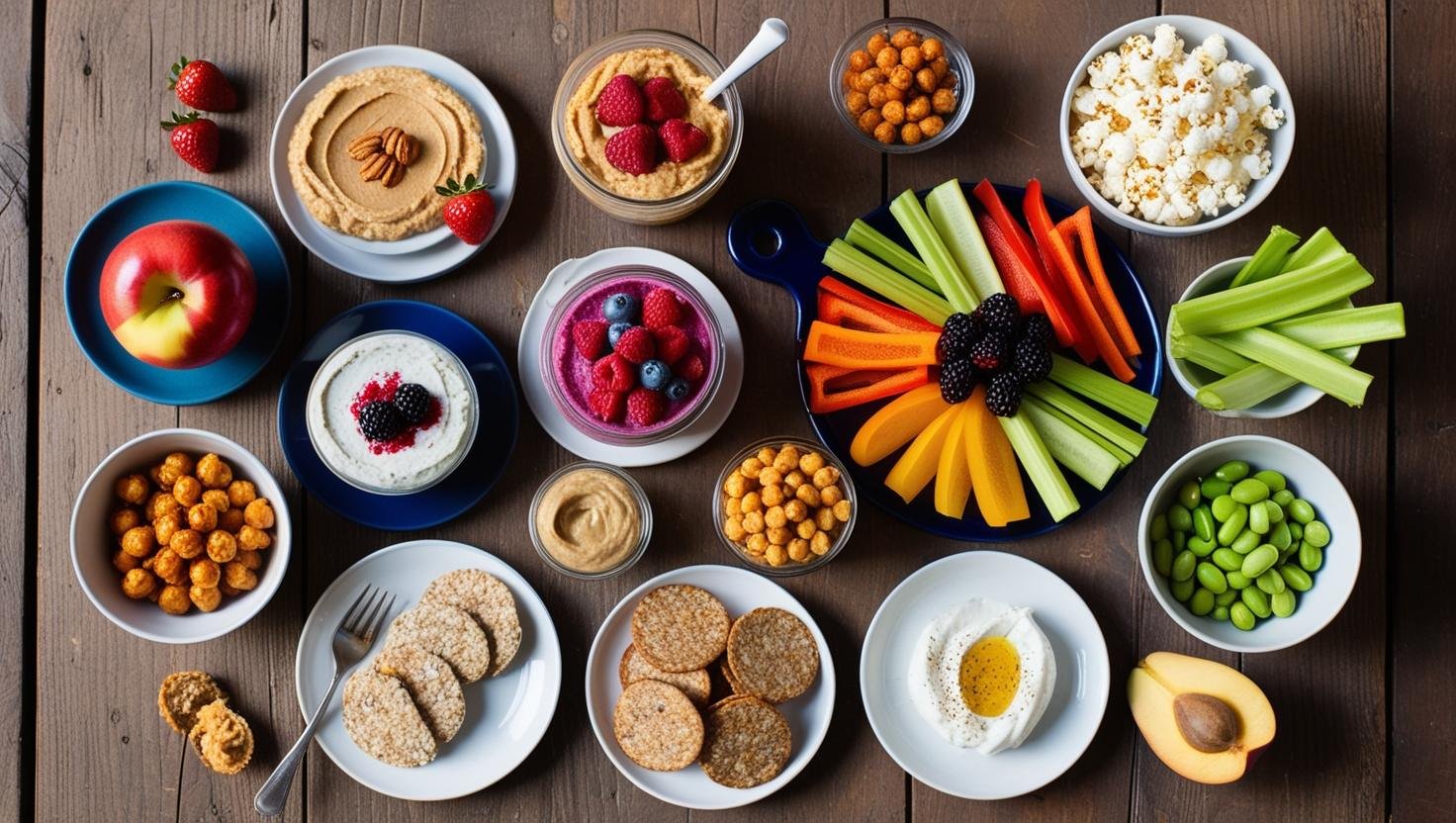Table of Contents
11 Healthy High-Fiber Snacks You Should Eat
Why High-Fiber Snacks Matter
High-fiber snacks are more than just filling—they’re essential for digestive health, help stabilize blood sugar levels, and offer sustained energy throughout the day. Unlike low-fiber options, these snacks prevent sudden hunger pangs, making them an ideal choice for anyone looking to manage their appetite and maintain steady energy.
Benefits of High-Fiber Snacks
Improved Digestion
Fiber aids digestion by adding bulk to stool and promoting regular bowel movements.
Satiety
High-fiber snacks can curb hunger by making you feel fuller for longer.
Energy Stabilization
By avoiding sugar spikes, high-fiber snacks help maintain stable energy.
High-Fiber Snacks vs. Low-Fiber Alternatives
Low-fiber snacks, like sugary treats or chips, may provide a quick boost in energy but often lead to an energy crash soon after. High-fiber snacks are a healthier choice for both immediate satisfaction and longer-term health benefits.
The Role of Fiber in Weight Management
Eating fiber-rich snacks can be a smart strategy for weight management. Fiber doesn’t just fill you up—it also helps slow digestion, giving your body more time to process food and absorb nutrients. By keeping your blood sugar levels stable, fiber can reduce overeating and unhealthy cravings.
How Fiber Helps with Satiety
Fiber has a unique ability to expand in the digestive system, helping you feel full and satisfied with smaller portions. This can help prevent unnecessary snacking, especially when combined with regular meal times.
Fiber and Metabolism
By slowing the release of sugars into the bloodstream, fiber helps to moderate metabolism and prevent sudden energy dips. Choosing high-fiber snacks like those listed below can be a great way to manage cravings and keep your metabolism steady.
Top 11 Healthy High-Fiber Snacks to Try
Here are 11 easy and nutritious high-fiber snacks you can incorporate into your daily routine for a fiber boost.
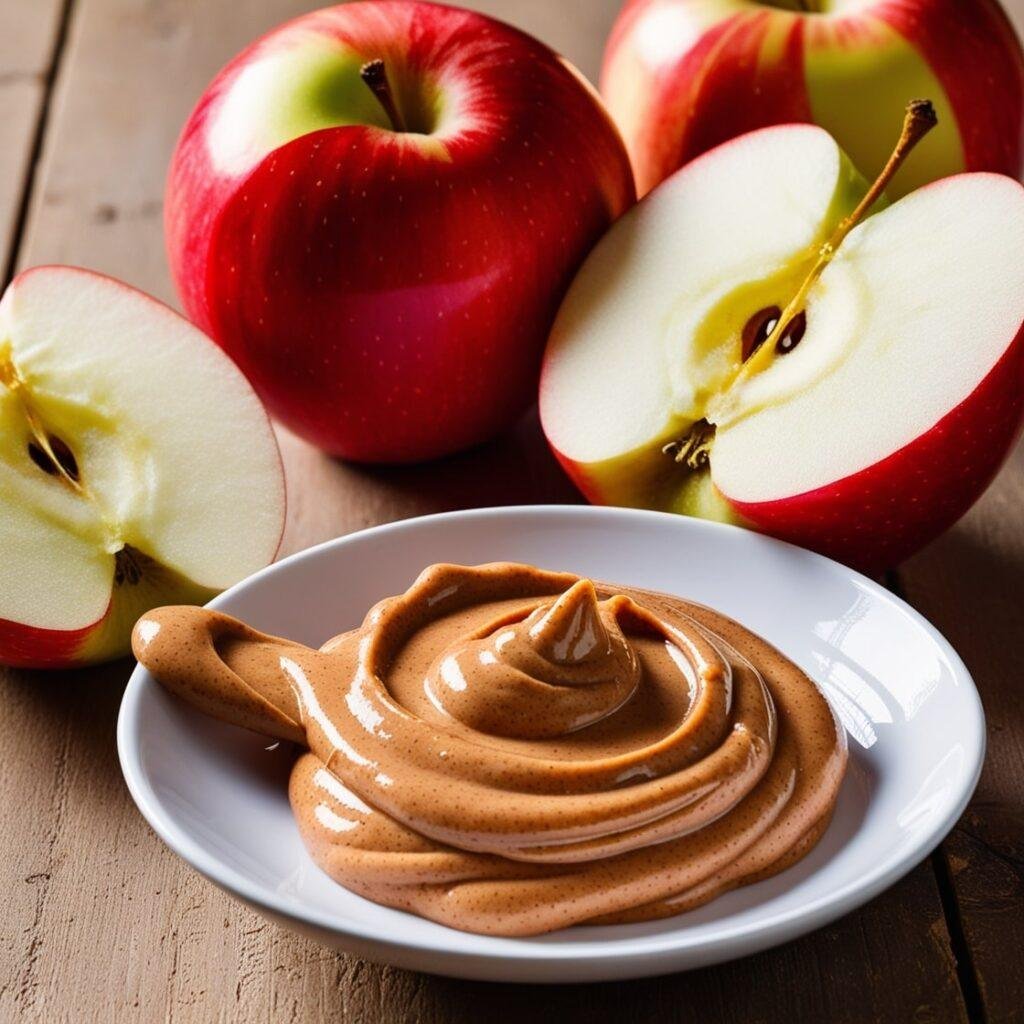
1. Apple with Almond Butter
An apple with almond butter provides both soluble and insoluble fiber, promoting healthy digestion. The healthy fats in almond butter also enhance the snack’s satiety factor.
2. Mixed Berries
Berries like raspberries, strawberries, and blackberries are packed with fiber and antioxidants, making them a fantastic snack that’s both refreshing and filling.
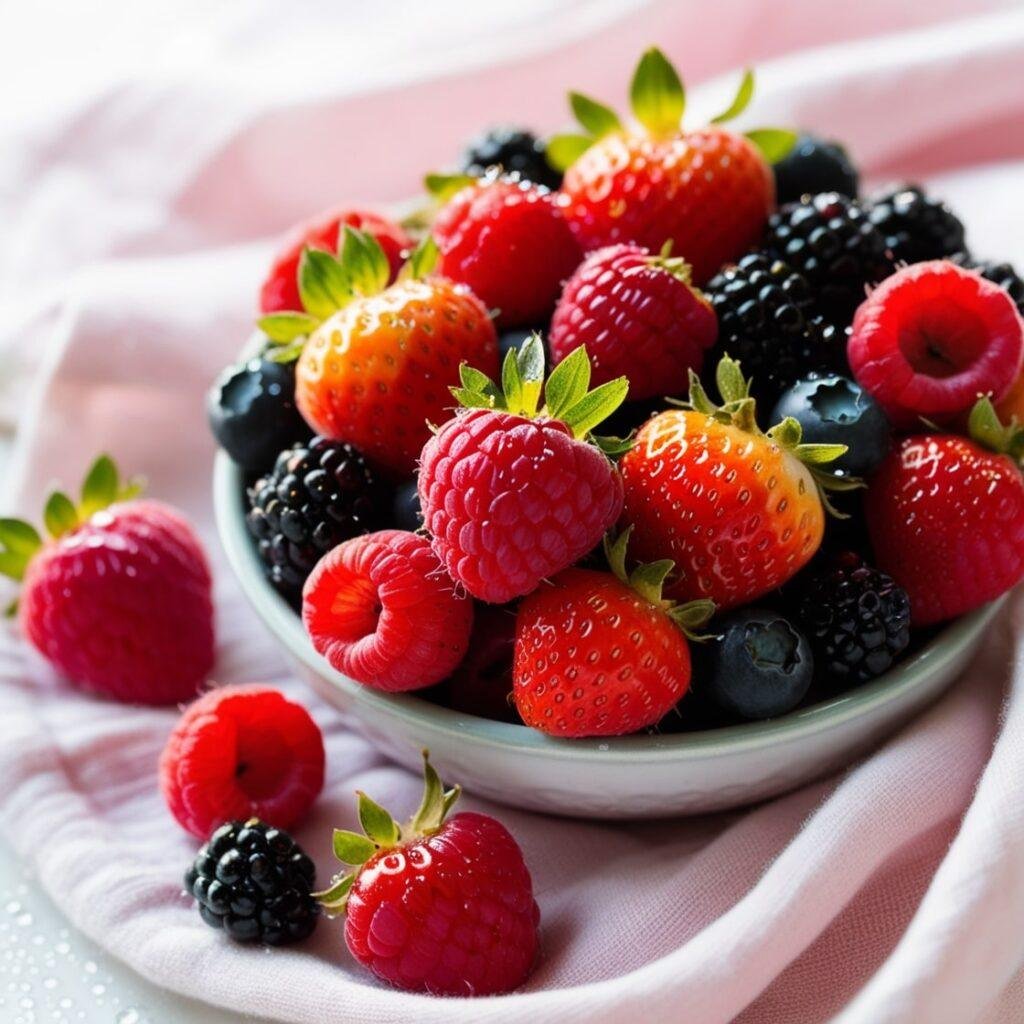
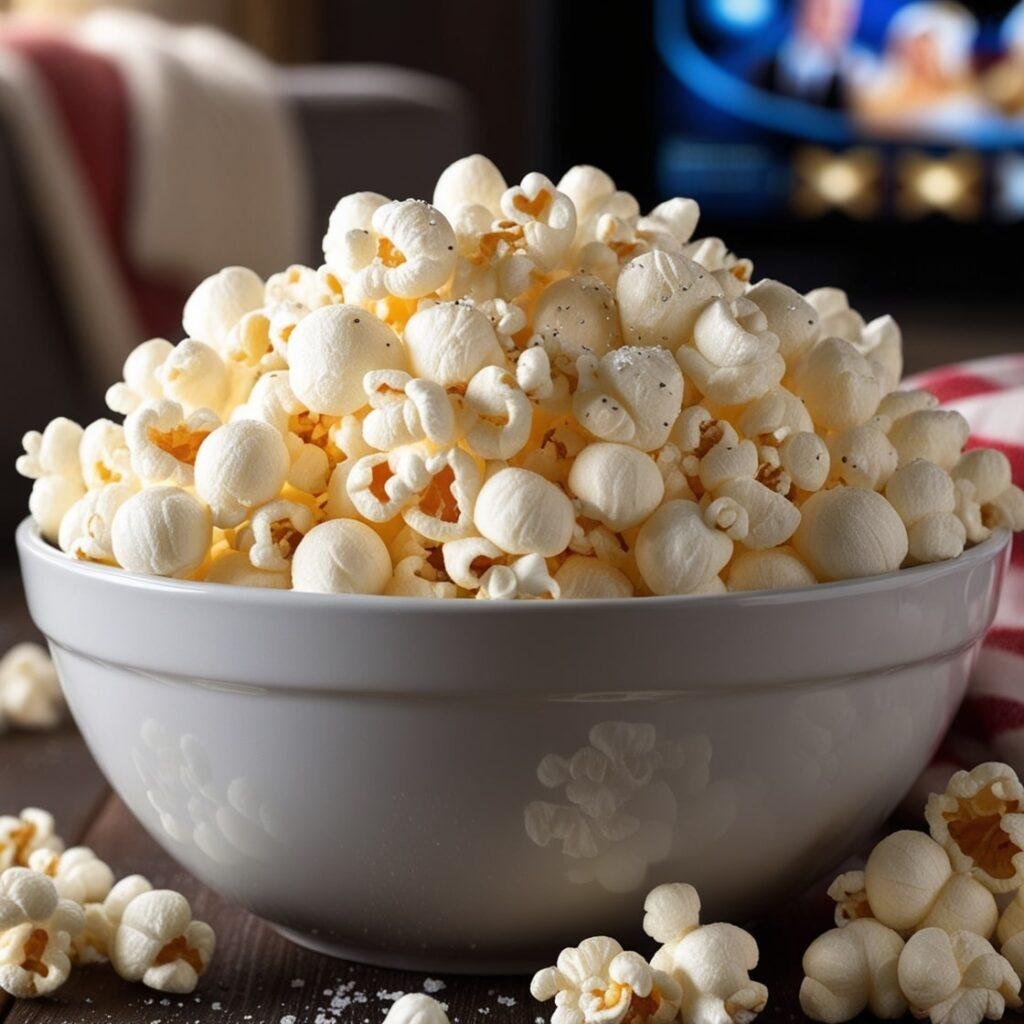
3. Popcorn
When air-popped and without added butter or salt, popcorn becomes a light, high-fiber snack. It’s easy to prepare and can be flavored with a pinch of spices for variety.
4. Hummus with Veggies
Pairing hummus with fiber-rich veggies like carrots, bell peppers, or celery adds texture and nutrition. Hummus itself is a fiber-filled choice made from chickpeas, adding protein to the snack.
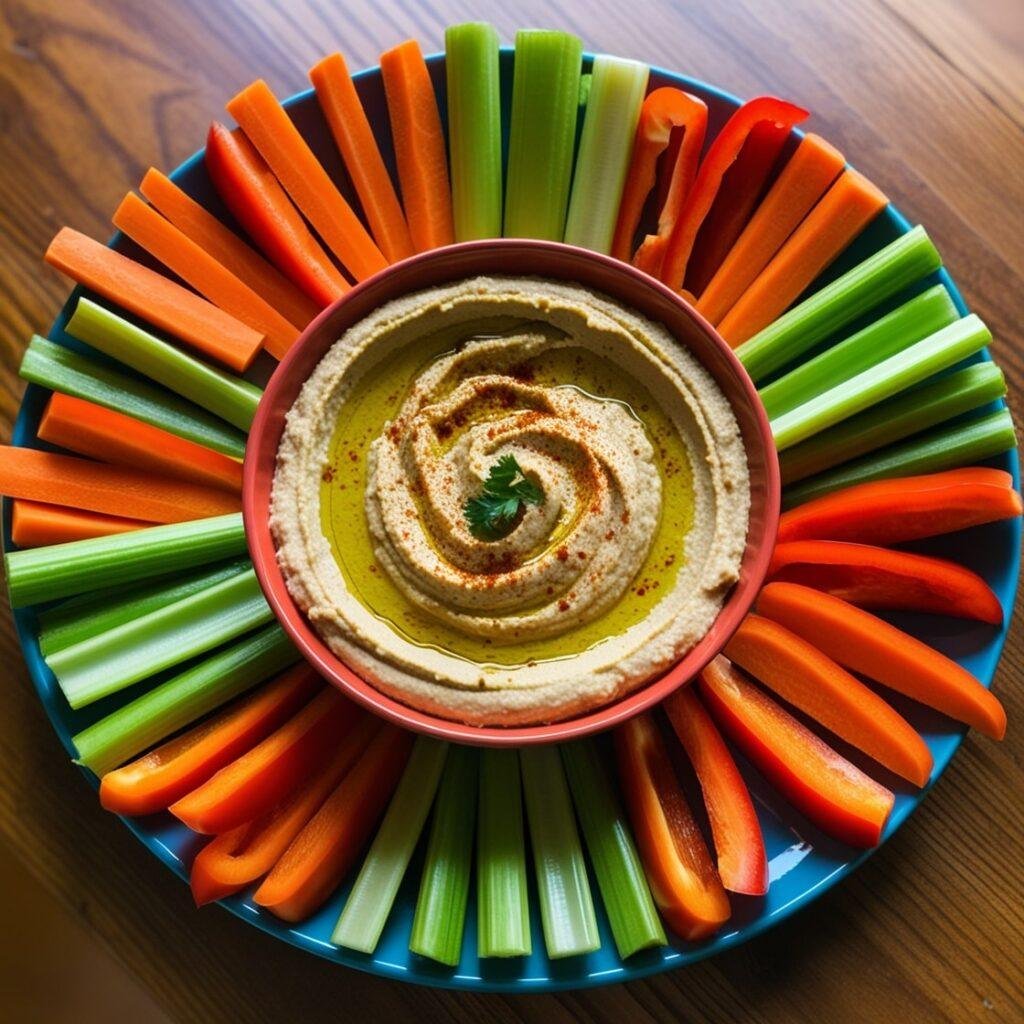

5. Chia Pudding
Chia seeds swell when soaked, creating a satisfying pudding texture. Packed with omega-3s and fiber, chia pudding is an ideal snack for both fiber and hydration.
6. Roasted Chickpeas
Chickpeas are full of fiber, protein, and flavor when roasted. They offer a crispy texture that’s a great alternative to traditional chips.
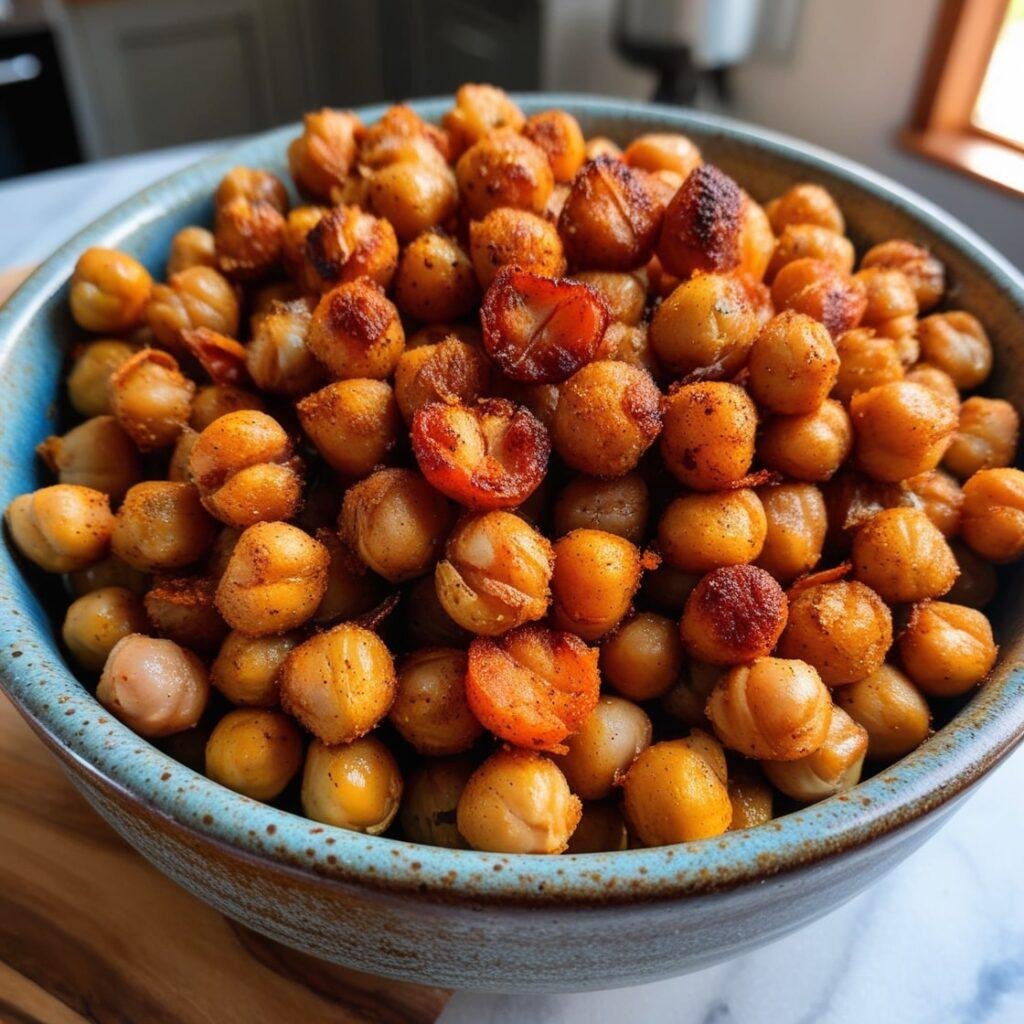
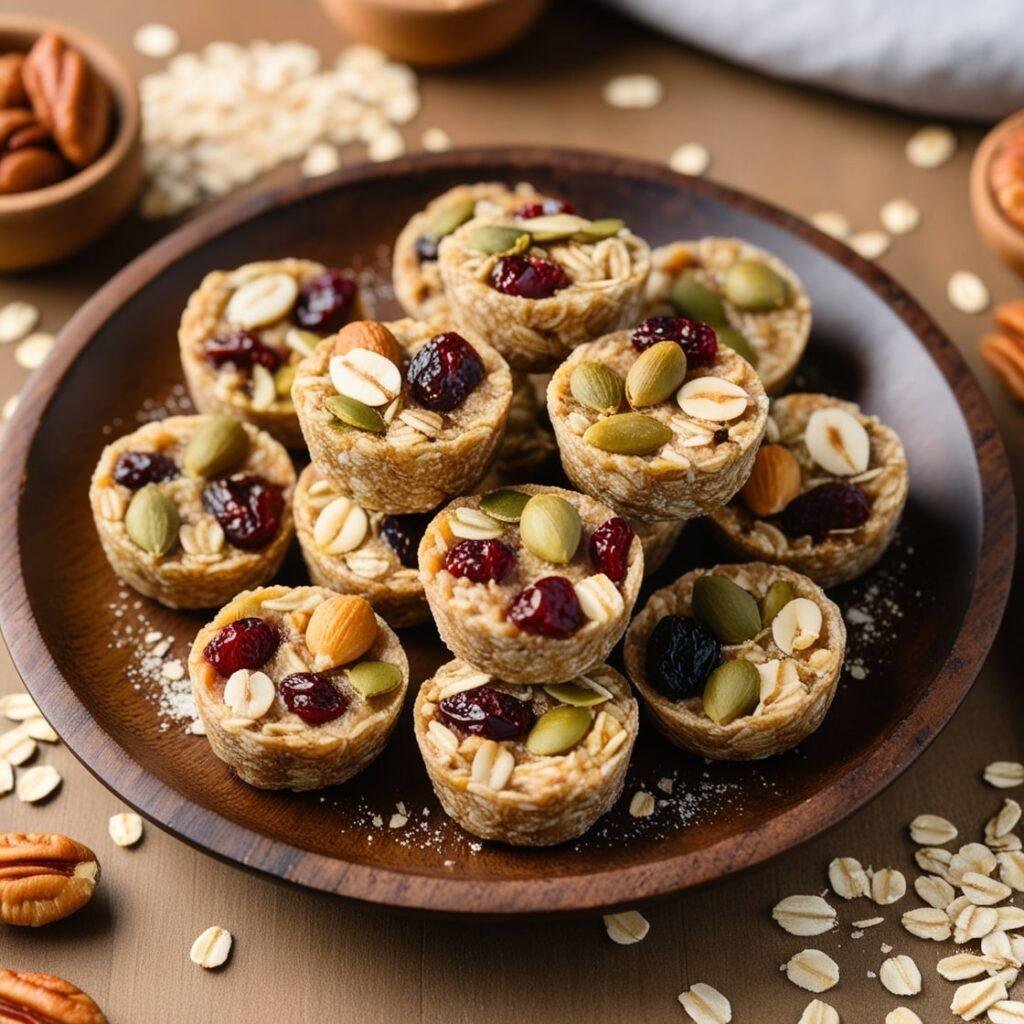
7. Oatmeal Bites
Homemade oatmeal bites are easy to make, portable, and packed with fiber. They’re customizable with add-ins like nuts, seeds, or dried fruit.
8. Cottage Cheese with Fruit
Combining cottage cheese with fiber-rich fruits like pears or peaches creates a balanced snack with protein, fiber, and natural sweetness.

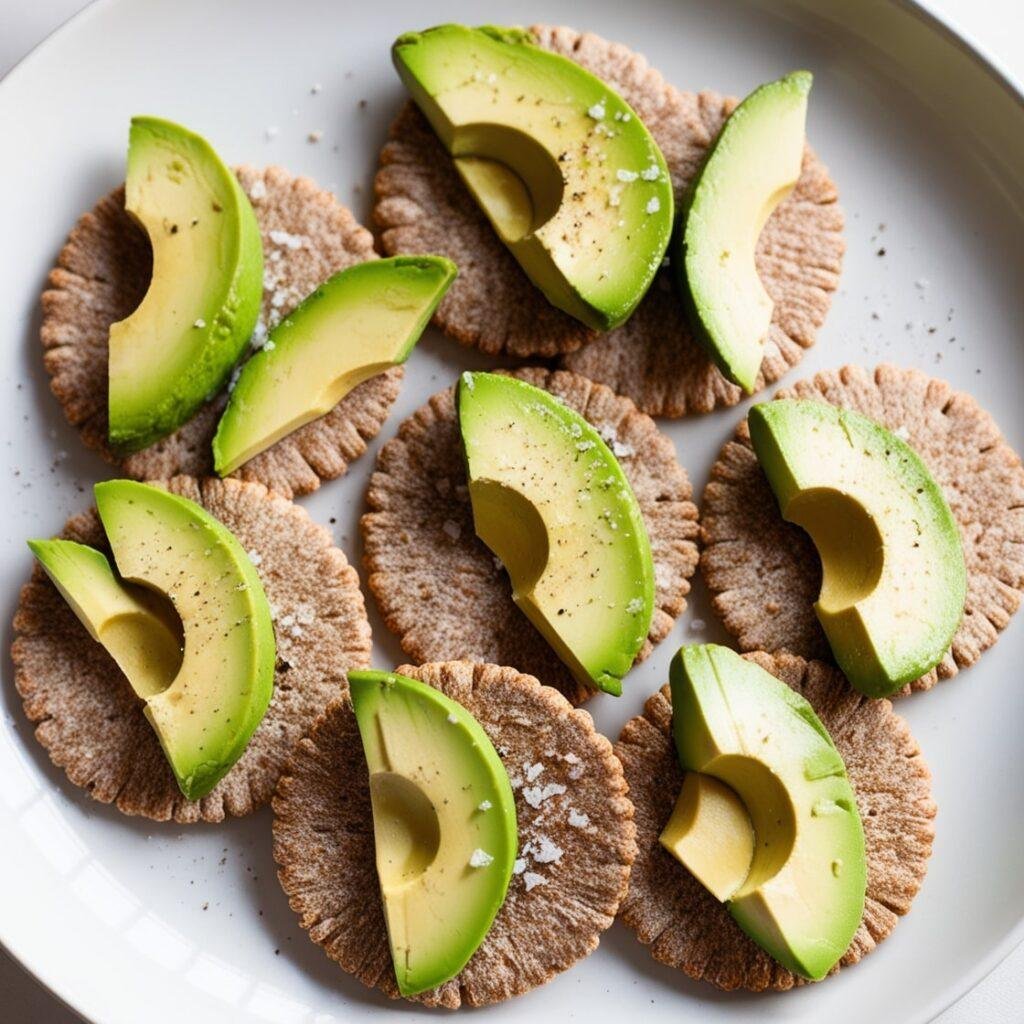
9. Avocado on Whole-Grain Crackers
Avocado is high in both fiber and healthy fats. Spread it on whole-grain crackers for a savory snack that’s both satisfying and nutritious.
10. Edamame
Edamame, or young soybeans, are high in fiber and protein. They’re a simple and filling snack option when steamed and lightly salted.
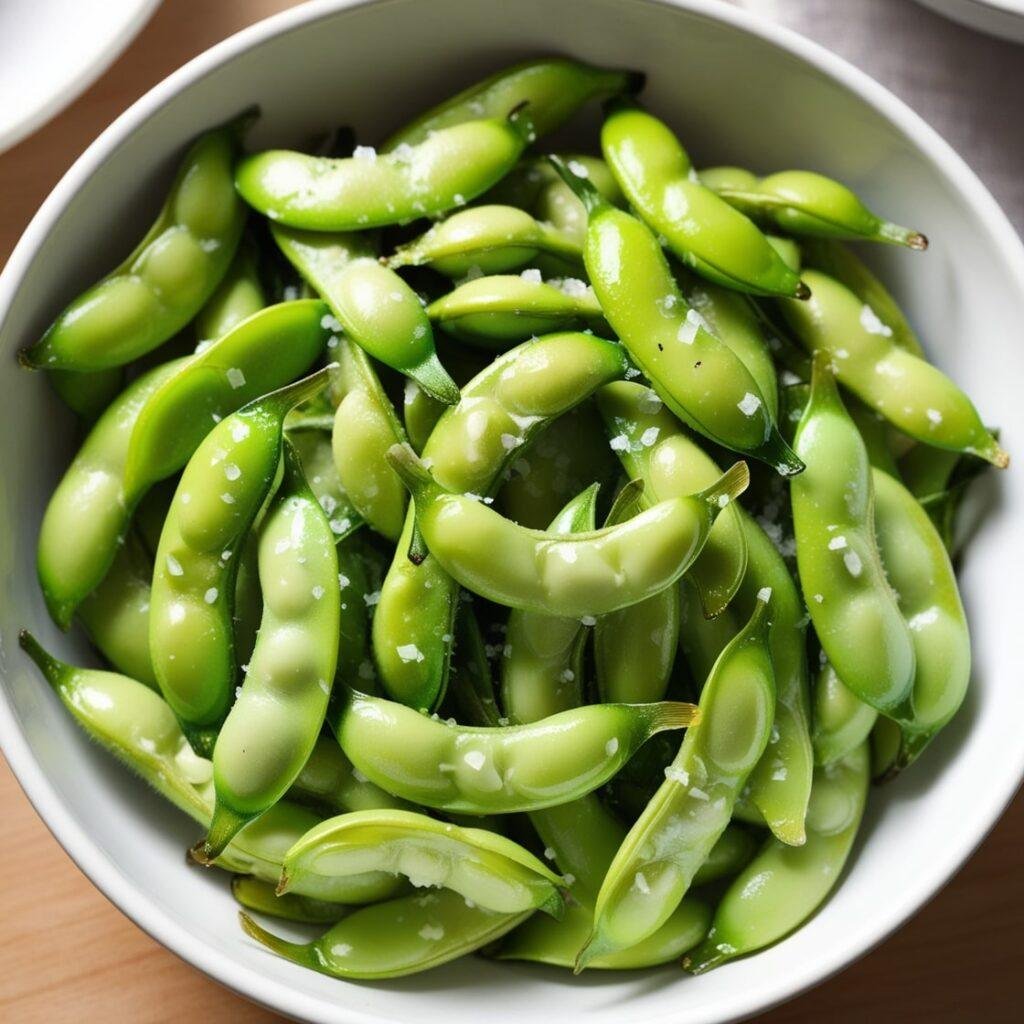
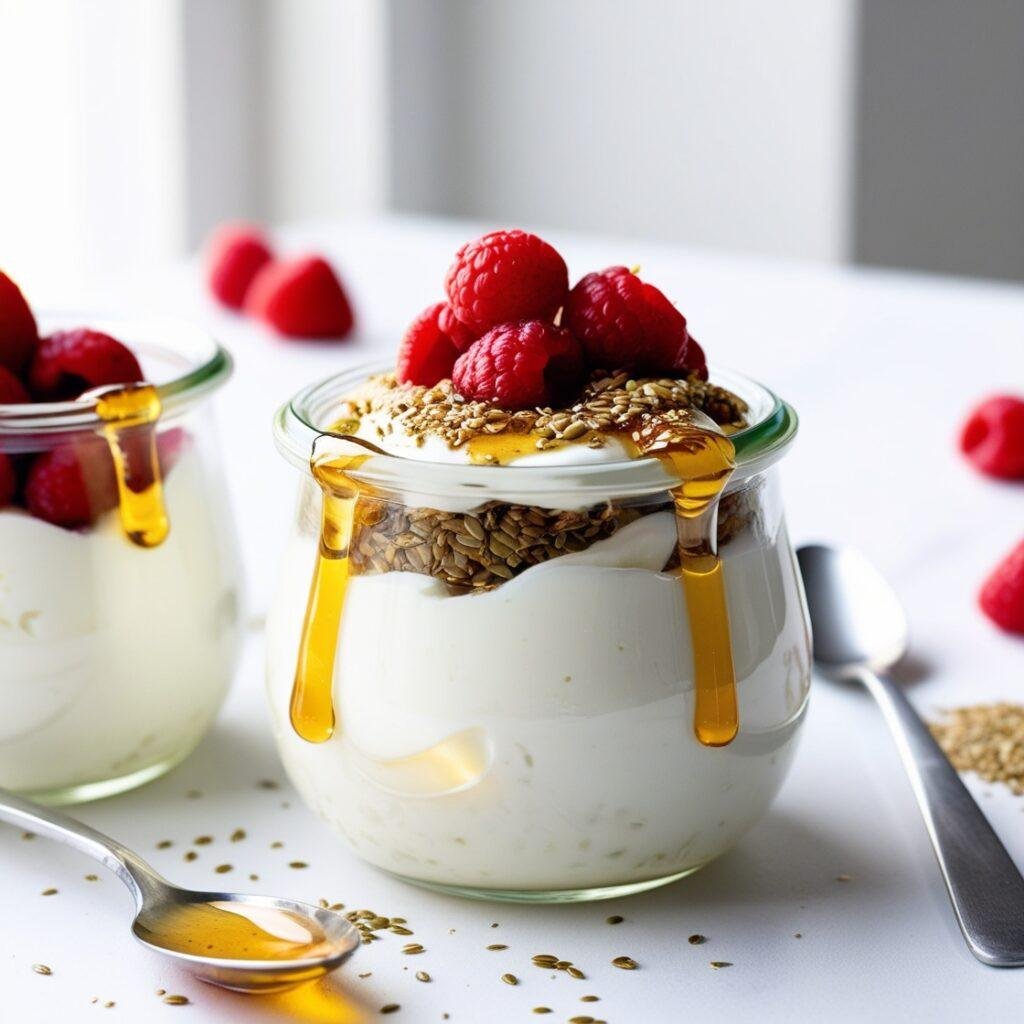
11. Greek Yogurt with Flax Seeds
Adding ground flax seeds to Greek yogurt boosts the fiber content, as well as provides a creamy, protein-packed snack that’s perfect for gut health.
Benefits of Each Snack Explained
Each of the snacks listed above provides unique benefits:
Apples and Almond Butter
High in pectin, a soluble fiber that supports gut health.
Berries
Full of antioxidants and vitamins alongside their fiber content.
Popcorn
A whole grain option that’s high in fiber yet low in calories.
Hummus and Veggies
Chickpeas offer fiber and protein, while veggies add crunch.
Chia Seeds
High in fiber and omega-3 fatty acids, they aid in hydration and digestion.
Roasted Chickpeas
A fiber-rich snack that’s easy to prepare and customize.
Oatmeal Bites
Customizable bites with whole-grain oats and fiber from nuts or seeds.
Cottage Cheese and Fruit
Combines protein from cottage cheese and fiber from fruit.
Avocado on Crackers
High in healthy fats and fiber, a simple and satisfying snack.
Edamame
High-fiber, high-protein, and easy to snack on.
Greek Yogurt and Flax Seeds
Offers both probiotics and fiber for gut health.
Best Times to Enjoy High-Fiber Snacks
High-fiber snacks can be enjoyed throughout the day:
Morning
Start your day with oatmeal bites or Greek yogurt with flax seeds.
Afternoon
Choose apple with almond butter or a handful of berries for sustained energy.
Evening
Hummus with veggies or avocado on crackers make for a light, filling option.
How to Incorporate High-Fiber Snacks into a Busy Schedule
Here are a few simple tips:
Prepare in Batches
Make oatmeal bites or roasted chickpeas in advance.
Portable Options
Pack snacks like edamame, popcorn, and mixed berries in small containers.
Quick Assembly
Pair items like Greek yogurt and flax seeds for an instant snack.
DIY High-Fiber Snack Recipes
Here are a couple of easy, homemade high-fiber snack recipes:
Chia Pudding
Ingredients:
- 2 tbsp chia seeds
- 1/2 cup almond milk
- 1 tsp honey or maple syrup
- Fresh berries
Instructions:
Mix chia seeds and almond milk in a bowl. Let it sit in the fridge for 4 hours or overnight. Before eating, top with honey and fresh berries for a delightful finish.
Roasted Chickpeas
Ingredients:
- 1 cup chickpeas
- 1 tbsp olive oil
- Salt
- Spices of choice (paprika, cumin)
Instructions:
Preheat the oven to 400°F (200°C). Toss chickpeas with olive oil and your choice of spices. Spread them on a baking sheet and roast for 20-25 minutes, stirring halfway through, until golden and crunchy.
How Much Fiber Do You Need?
The recommended daily intake of fiber varies based on age and gender:
- Men: About 30-38 grams per day
- Women: About 21-25 grams per day
Fiber Sources Beyond Snacks
Incorporating fiber-rich meals like whole-grain cereals, vegetables, and legumes into your diet can help you meet your daily fiber needs without relying solely on snacks.
Common Myths about High-Fiber Snacks
Myth 1: High-fiber snacks are always high in calories.
Reality: Many high-fiber snacks, like berries or veggies, are low in calories.
Myth 2: All fiber is the same.
Reality: There’s both soluble and insoluble fiber, each providing different benefits.
Tips for Balancing Fiber with Other Nutrients
Pairing fiber with protein or healthy fats, like adding almond butter to an apple, can help slow digestion even further and keep you fuller longer.
FAQs About High-Fiber Snacks
Can I eat too much fiber?
Yes, excessive fiber can lead to bloating or digestive discomfort.
Are there side effects to eating high-fiber snacks?
Some people may experience gas or bloating; gradually increasing fiber intake can help.
What’s the best high-fiber snack for kids?
Berries, popcorn, and apple slices with almond butter are great options.
Can high-fiber snacks help with constipation?
Yes, fiber-rich snacks help regulate digestion.
Are there gluten-free high-fiber snacks?
Yes, many high-fiber snacks like chia seeds, hummus, and berries are gluten-free.
How do I know if a snack has enough fiber?
Look for snacks with at least 3 grams of fiber per serving.
Conclusion
Incorporating high-fiber snacks into your daily routine can provide lasting energy, improved digestion, and better overall health. Try adding a few of these delicious, fiber-rich options to your diet and see the difference for yourself! For more insights on the benefits of fiber, you can explore detailed information from the Harvard T.H. Chan School of Public Health.
